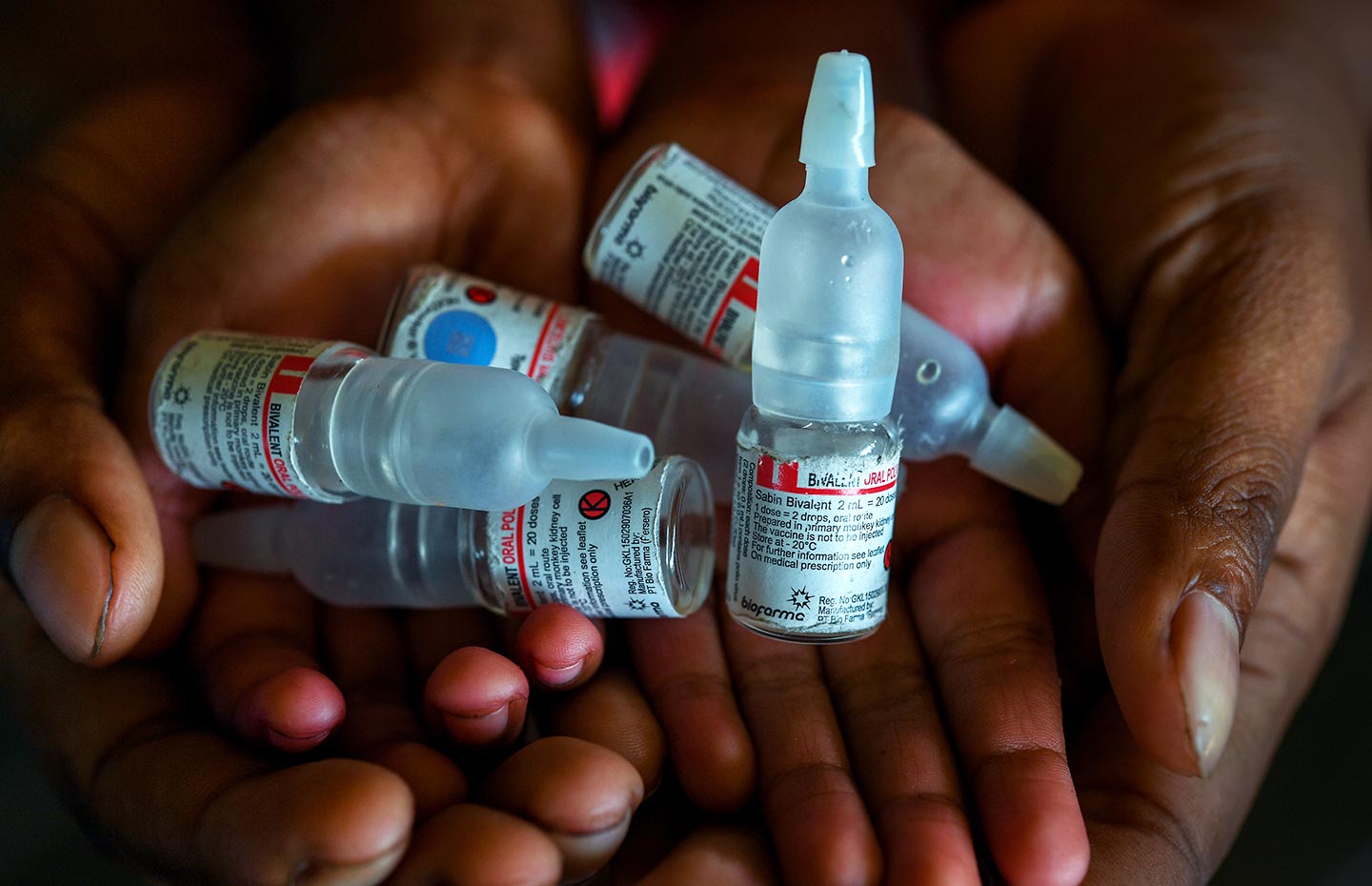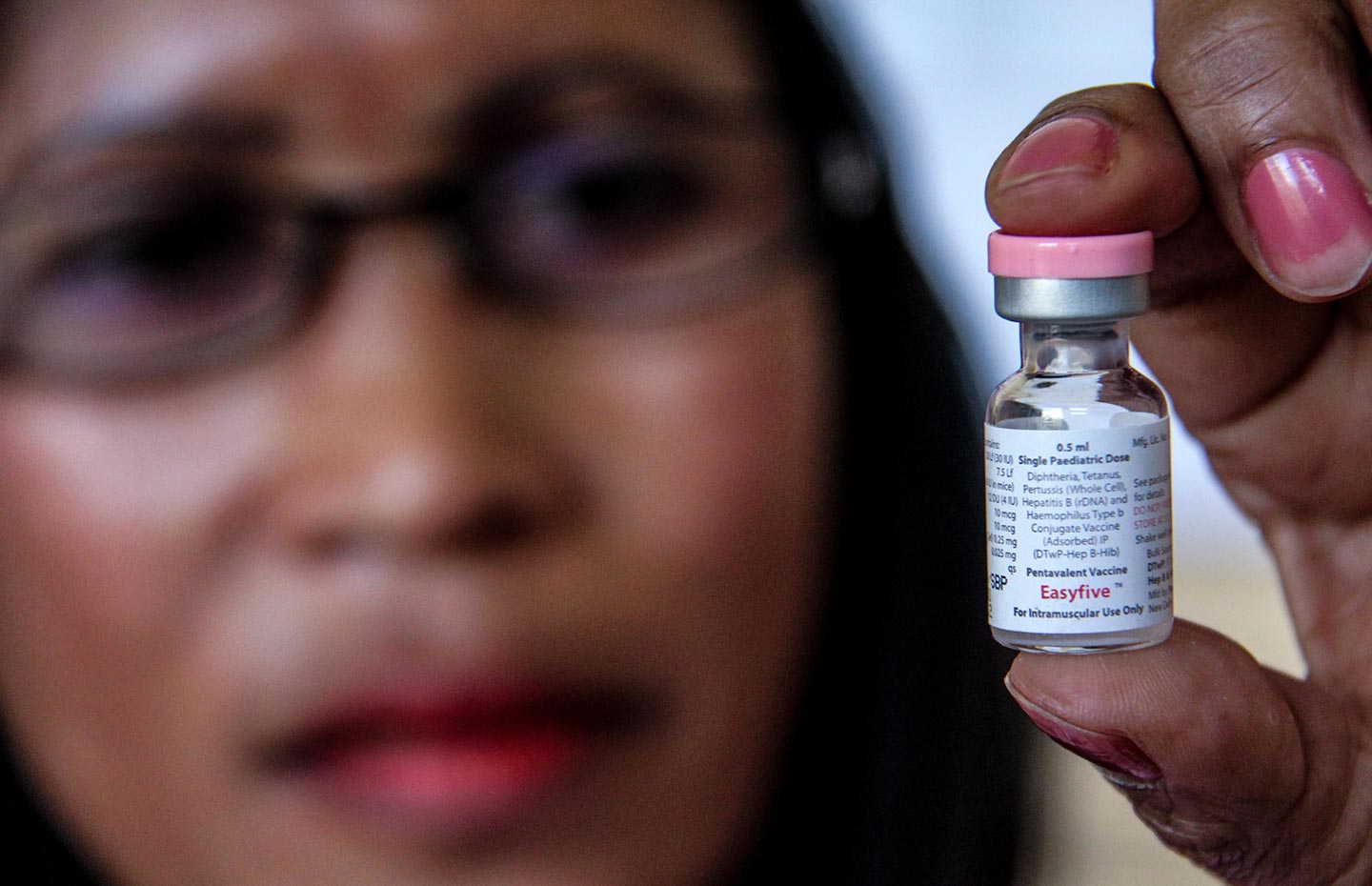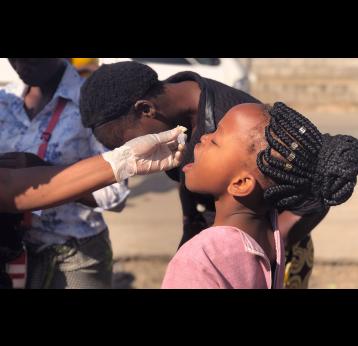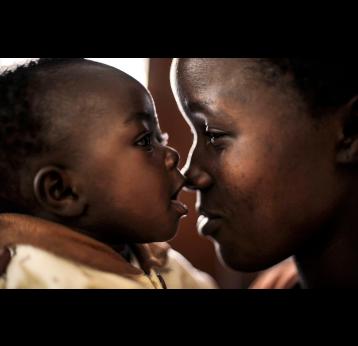Achieving our mission depends upon a healthy vaccine market that provides sufficient supply of high-quality, appropriate vaccines at low and sustainable prices. To meet these ambitions, the fourth strategic goal of our 2011–2015 strategy aimed to shape vaccine markets to the benefit of developing countries.
By forecasting and pooling demand from eligible countries and purchasing large amounts of vaccines, Vaccine Alliance partners have created a reliable market for vaccines in developing countries.
Our initial impact was evidenced by the changing production and supply base, in particular, with pentavalent and tetravalent vaccines, accelerated price decreases and consistent application of tiered pricing that enables poor countries to pay significantly less than higher-income countries for the same vaccine.
Price drops of hepatitis B and Hib-containing vaccines, as well as rotavirus and human papillomavirus vaccines, have illustrated how these dynamics play out. For instance, the Advance Market Commitment (AMC) for pneumococcal vaccines is an example of how innovative financing mechanisms can influence the market.
Goal-level indicators
- Reduction in vaccine price: change in weighted average price per child to fully immunise with pentavalent, pneumococcal and rotavirus vaccines
- Security of supply: number of products offered as a percentage of five-year target.
Strategic objectives
- Ensure adequate supply to meet demand
- Minimise costs of vaccines to Gavi and countries.

- Ensure adequate supply to meet demand
- Minimise costs of vaccines to Gavi and countries.
Vaccine Supply and Procurement Strategy
To facilitate and accelerate the achievement of Gavi’s market-shaping goal, in November 2011 the Gavi Board approved the Vaccine Supply and Procurement Strategy for the period 2011-2015. The strategy aimed to ensure sufficient and uninterrupted supply of high-quality vaccines, promote low and sustainable costs for developing countries, and foster an environment for innovation.
Recognising the differences across vaccines in terms of market maturity and competition, manufacturing complexity and the Alliance’s relative market power, we apply a tailored approach for each vaccine we fund – see HPV vaccine roadmap.
Drawing on key partners – particularly UNICEF’s Supply Division, which manages most of the vaccine procurement, we aimed to achieve our fourth strategic goal objectives through:
- continued strengthening and dissemination of forecasting to ensure timely, transparent and accurate market information; and
- innovative approaches to making demand more predictable, accelerating vaccine development, increasing levels of production, and improving vaccine portfolio management to ensure efficient and effective vaccine procurement and supply-chain management.
Explore the other strategic goals
The health systems goal (Phase 3)
Contribute to strengthening the capacity of integrated health systems to deliver immunisation
Increase the predictability of global financing and improve the sustainability of national financing for immunisation




